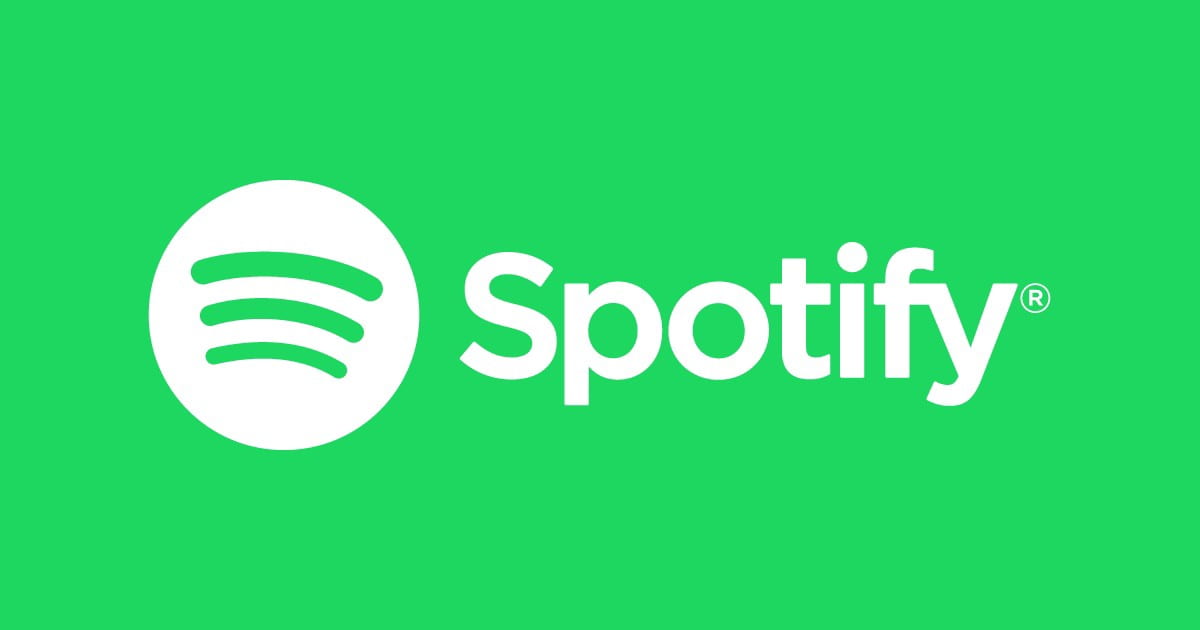By Ryan Louch
As the decade comes to a close, we’re taking a look back at one of the major changes to take place over the last nine years; the rise of music streaming.
Since 2010, around 840,000 15 to 24 year olds have stopped listening to radio and started to use music streaming services such as Spotify and Apple Music, according to Enders Analysis.
The increase of usage in these streaming services has seen the way in which we access music and has impacted the media a huge amount.
The chart system changed in July 2014, after an explosion in streaming service usage seen audio streams selected by music fans growing from 100 million a week to 200 million a week.
These services are currently being used to stream over a billon streams per week happening 2019, which is reflected in the charts.
How does the current UK chart system work?
The Official UK Chart is calculated by sales as well as both music and video streams, with a variable streaming ratio depending on whether the user has a free or paid subscription and also on the age of the release meaning that 100 paid streams will equal one sale as well as 600 free streams.
This is because new releases have a streaming ratio applied to them in order to calculate the number of streams equivalent to a sale.
How many sales needed to get into the UK charts?
Sales of around 60,000 will be able to claim the number one spot and the average album to get into charts would need around 4,000 sales.
So how does this work for albums?
The two most streamed tracks from an album will be neutralised to the level of the average of the next 10 most streamed tracks on the album.
The streams of 12 tracks or all tracks, if the album has less than 12 tracks, are aggregated together and converted using a ratio of 1,000 streams equalling one album sale.
 This shows how streams have to work before getting into the charts.- Source: Official Charts Company
This shows how streams have to work before getting into the charts.- Source: Official Charts Company
Currently the most streamed track this week is Dance Monkey by Tones and I with 41.68 million streams.
This is just one example of how the streaming era has changed the way in which we access music and how it has changed the music scene.
Music has now become endless with services such as Spotify and Apple Music bringing music to us at our fingertips with Spotify currently having 113 million subscribers, while Apple Music has 60 million.
Spotify currently has 60 million songs on its service compared to Apple Music’s 45 million.
Due to the rise of the streaming era it has become easier to find new music. Thanks to services on Spotify such as Discover Weekly, music lovers can find new and exciting artists with just a tap on the screen access that didn’t exist before these services.
Fresh artists such as Kim Petras and Slayyyter have managed to use the streaming era to their advantage by releasing drop-lets, one-off tracks that are not tied to an album. By doing this, they have managed to gain a public following by releasing their music whenever it’s finished.
Streaming services have developed the music scene like no other service before it’s time and with new devices they have been able to bring music to the customer faster than ever before.
This has stopped the waiting time for music fans, and artists can now gain an audience quicker and more effectively than ever before.
With technology increasing and more streaming apps becoming available, the development of the music scene is very much still active and here to stay.

